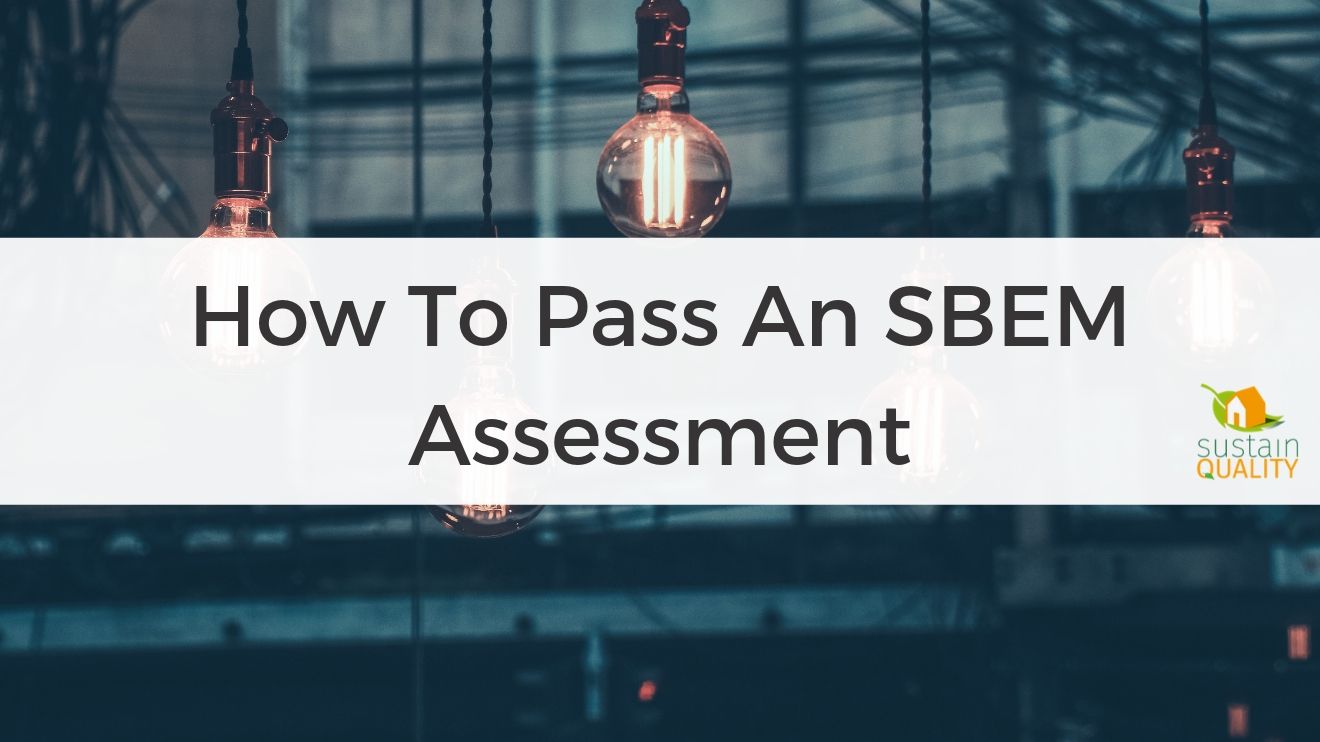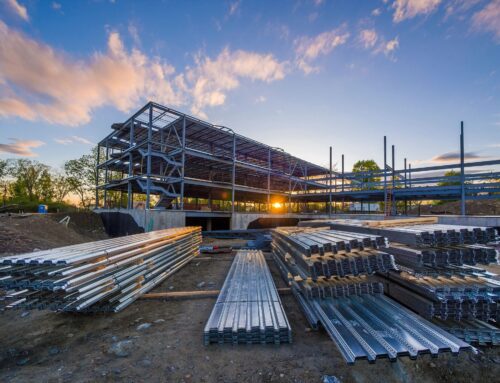
When we complete an SBEM calculation we provide an Energy
Performance Certificate (EPC) to demonstrate compliance.
There are several criterions for Part L2A of the UK’s
Commercial Building Regulations in order to pass an SBEM calculation which we
will explore now.
It’s important to note that this is not a one-size-fits-all
approach, but there are key areas that can make improvements to your results
and are common across most non-domestic building types.
Read on to find out more…
Demonstrating SBEM Compliance
SBEM BER<TER
The calculated CO2 emission rate (this is known as the
BER-Building Emission Rate) must not be greater than the Target Emission Rate
(TER).
This is the main requirement of Part L, and it is mandatory.
SBEM-Fabric
Achieving a thermally efficient, air-tight building allows
for greater flexibility regarding the specification of building services.
However, if your project is under 500m2, it is exempt from an air permeability
test.
You may choose to carry out a voluntary air test on smaller
buildings. This may be a cost-effective way to hit emission targets.
SBEM-Heating
It is recommended that you select a heating system
compatible with the intended use of the building. This will ensure your route
to compliance is straightforward.
A centralised heating system is the best option, and we
recommend that you avoid localised electric heating unless absolutely
necessary.
Opt for ground or air source heating if the building is not connected to a gas network.
| Read More: – What Are SBEM Calculations? – How Much Do SBEM Calculations Cost? – Why Are SBEM Calculations Important? – What Buildings Require An SBEM Calculation? – How Are SBEM Calculations Made? |
Biomass or a Combined Heat and Power (CHP)
A Biomass or a Combined heat and power (CHP) are effective
ways to simultaneously produce heat and electricity, capturing and utilising
the heat that is a by-product of the electricity generation process.
By generating heat and power simultaneously, CHP can reduce
carbon emissions by up to 30% compared to the separate means of conventional
generation via a boiler and power station.
A Biomass and CHP does require a lot of space, so bear this
in mind when considering heating options.
Warehouses and Spaces with High Ceilings
We recommend that for these applications, you consider
radiant heating as it will warm people and objects, rather than increase air
temperature. If traditional hot air systems are installed, we can install
de-stratification fans to ensure an even temperature balance.
Ventilation And Cooling: SBEM
Choose air conditioning cooling systems that are appropriate
for the size of the space.
Consider strategies that focus on utilising thermal mass,
heat gain control and heat dissipation along with natural ventilation.
SBEM Lighting
We recommend that you choose LED lighting applications due
to their high efficiency and low expense.
In order to keep wasted energy to a minimum, couple the bulb
section with an effective control system, utilising passive infra-red or
photoelectrics.
Conclusion
As with every stage of a new build project, there are so
many factors to consider. This blog aims to provide you with the main elements needed
to gain compliance.
Taking a holistic view on sustainability and energy saving
is what’s needed to guarantee success at every stage.
If you’d like to arrange an SBEM calculation with one of our experts, get in touch by filling out the form below.

About Us
We are a friendly team of Engineers delivering Sustainability and Building Compliance Solutions for developments in the Commercial and Residential sectors, which include Energy Statements, Noise Impact and Vibration Assessments, BREEAM Assessments, and Air Quality Assessments in the Environmental, Social and Governance sectors.
Contact us at:
Sustain Quality Ltd
PO Box 393
COBHAM
KT11 3EL
info@sustainquality.co.uk
01372 438039





